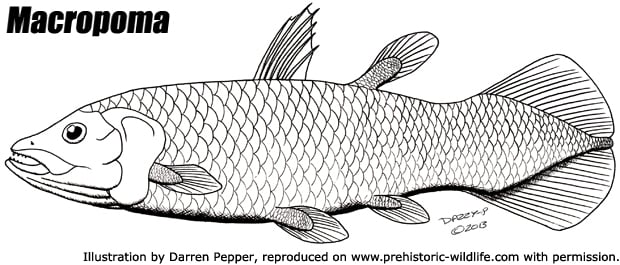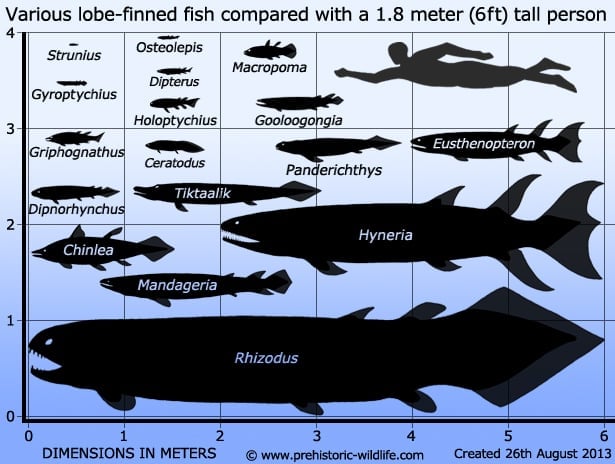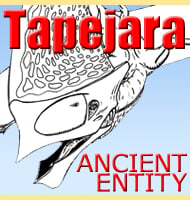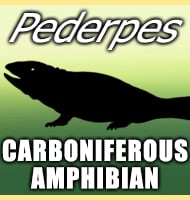In Depth
Macropoma is a specific genus of coelacanth. For clarification, a coelacanth is a word used to describe any fish that could be described as one of the Coelacanthiformes, but does not denote a specific species or genus.
Macropoma is known to have lived during the late Cretaceous period, specifically around the Cenomanian and Turonian stages, though the full temporal range may well exceed this. Also, although Macropoma is most often associated with Europe, specifically England and the former state of Czechoslovakia (now split into the Czech Republic and Slovakia), though fossil remains are also now known from Africa (Niger) and South America (Brazil), indicating a cosmopolitan distribution for the genus.
The coelacanths are world famous as an example of creature that according to science was long extinct for tens of millions of years, only to be later found still alive and thriving in the deep waters of the Indian Ocean. Coelacanths that are alive today are classified under the Latimeria genus, and using these as a model it is possible to infer some living traits of the extinct Macropoma. If similar then Macropoma would have been deep water fish that spent the day lurking in caves and crevices, while emerging at night to hunt for other marine organisms on the sea floor. At fifty-five centimetres long however, Macropoma were quite a bit smaller than Latimera which are known to grow up to about one hundred and eighty centimetres long.
Further Reading
- A coelacanth, Macropoma, from the Chalk of Wiltshire - M. Waldman - 1965.











